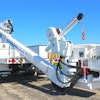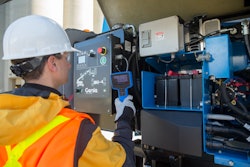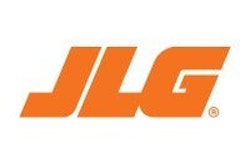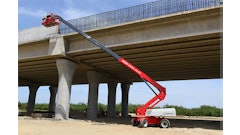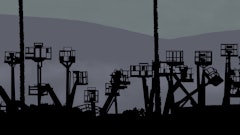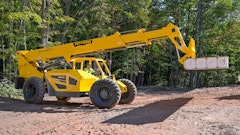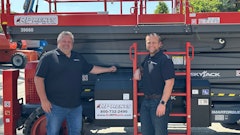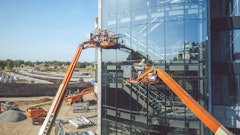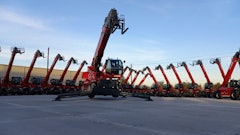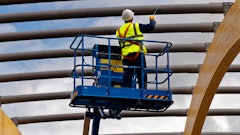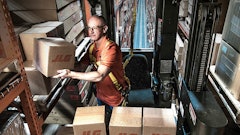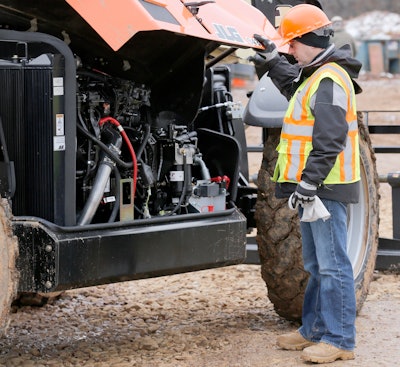
Over the last 35 years, telescopic handlers have evolved from basic rough-terrain forklifts to high-performance, high-capacity machines. To meet the demands of ever-increasing loads and lift heights, the engine horsepower specified by manufacturers has increased accordingly. At the same time, global off-highway emissions legislation has progressed, reducing harmful gases and particulate emissions from diesel engines.
To clean up exhaust, engine manufacturers have had to develop an array of technological solutions. To begin with, the design of injection and combustion systems was rapidly developed, creating a more lean and efficient combustion process. Electronic control of injectors and high-pressure common rail injection systems were implemented, followed by the more widespread use of turbochargers. A byproduct of this technology was increasing the power density — an increase in the horsepower generated from the same size engines.
As the tiers/stages of global emissions legislation progressed, exhaust gas recirculation became necessary to give a secondary burn of some of the exhaust and more completely consume the chemicals and particles being emitted.
For the final stages of U.S. and European legislation, it was necessary to add special exhaust components that scrub the remaining exhaust and create chemical reactions that break down harmful emissions and remove the remaining particles, burning them off in the process. This lean burn, high compression and recirculated exhaust gas significantly increases the heat energy generated in the engine and places a significant demand on the engine and machine cooling system. Increased hydraulic, transmission and engine performance calls for larger coolers and more powerful cooling fans. All of this applies high parasitic loads to the engine, reducing the net horsepower available. In some cases where high ambient temperatures combine with high loads, up to 15% of the horsepower is consumed by the fan in the cooling system.
The materials and processes used in manufacturing these new exhaust components are costly. When added to the electronic sensors and computers necessary to monitor them, the cost of engines has significantly increased.
Fortunately, the new exhaust aftertreatment systems are designed to be extremely durable and last well into the overall life of the machine, providing years of reliable operation. However, if maintenance is not carried out per manufacturer guidelines, there is a risk of reduced reliability. And if the fuel and oils used in the engine are not adequately stored, distributed and filled, or there is a lack of attention to fluid quality and cleanliness, more rapid deterioration or even damage can occur.
Power Points
Given the changes in engines and aftertreatment, and the range of horsepower options to choose from, selecting the optimal engine for a telehandler may seem daunting. There is, however, an important break point in the power ranges to consider — engines rated at 75 hp and above or those rated below.
Modern engines below 74 hp are already at their final stage of emissions legislation. This typically means they require only a diesel oxidation catalyst to meet emissions requirements. As long as the fuels used are low in sulfur content, this simple system basically replaces the exhaust muffler and requires no other complicated systems.
The big advantage of an engine below 74 hp is there is effectively no change to the current operations. No additional fluids are required, and there is no confusion over which fluid to put in what tank. Plus, the risk of damaging costly components is greatly reduced for both the telehandler owner and operator.
A 74-hp engine can deliver more than enough power for most normal rental or general construction operations. The only compromise is in speed during combined operations and when working on steeper grades.
Engines at 75 hp and above require a selective catalytic reduction (SCR) system. The SCR system requires diesel exhaust fluid (DEF) to be precisely injected into the exhaust stream to convert harmful nitrogen oxide (NOx) into nitrogen, water and small amounts of carbon dioxide. A separate DEF tank is required, with a specially calibrated fluid level and fluid quality sensor. This sensor measures not only the presence of DEF but that the tank has been filled with the correct fluid and with the right quality.
As a key component of the emissions certification of the engine, the SCR system must be correctly maintained and always active. This means there is also an automated defrosting system prior to the injection pump and injector into the exhaust system.
Despite the added complexity, there are clearly advantages to 75-hp and above engines. The higher horsepower from these engines translates into higher performance and productivity. This can best be seen in increased speed and tractive effort, which is essential in applications requiring high productivity, the use of attachments such as buckets and where the machine must travel significant distances across a site or on roads, especially when combined with grades and higher loads.
The additional power allows for productive loading cycles of loose material and heavy load-and-carry across rough terrain and steep grades. It can also permit trailer towing or use of high-flow attachments.
The break point in the power ranges gives telehandler owners and operators more choices to suit their applications and operating environment. Engines below the 74-hp threshold provide the option to simplify telehandler operation and lower operating costs. But where performance and productivity are at a premium, higher horsepower models can ensure performance is optimized.

